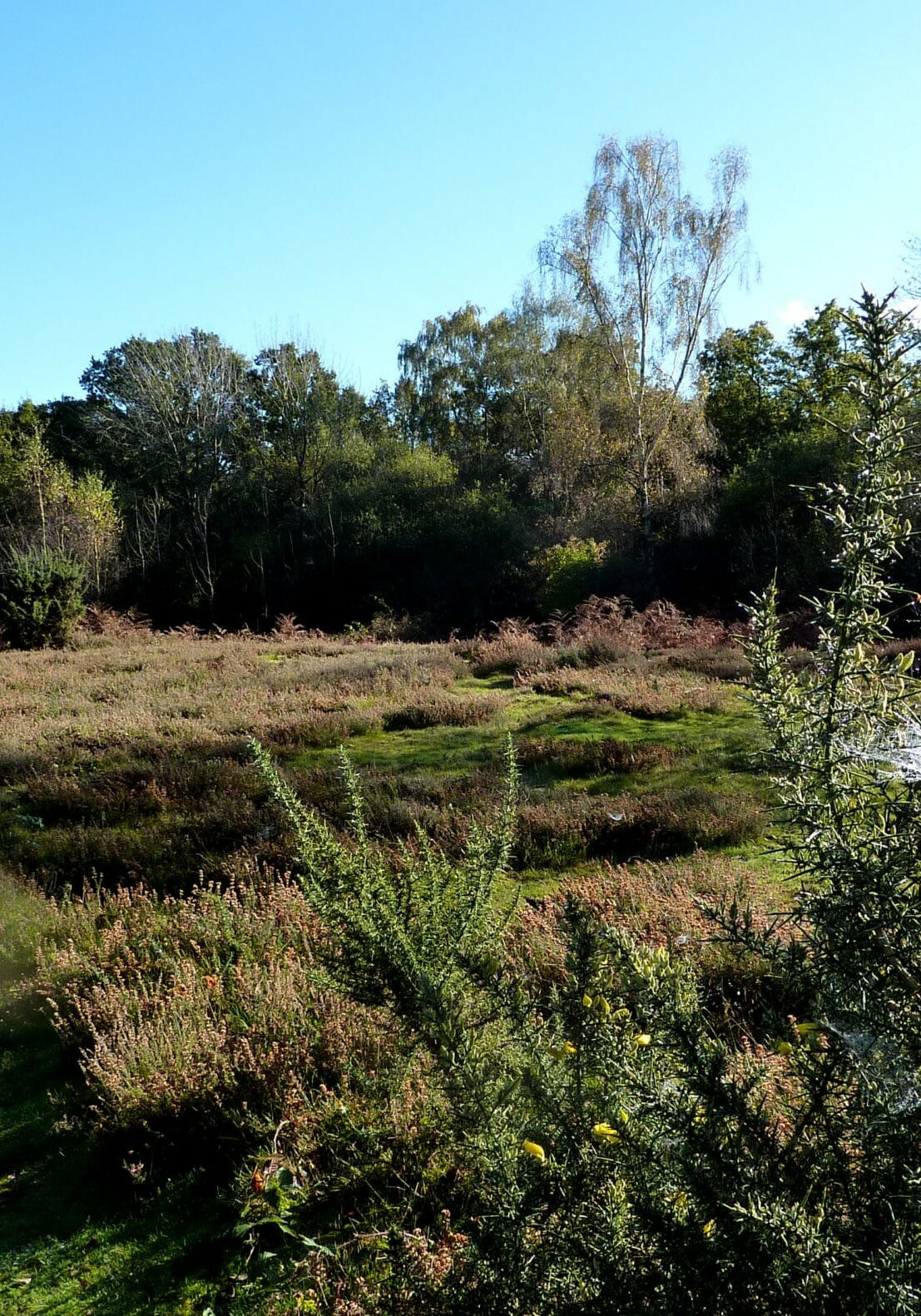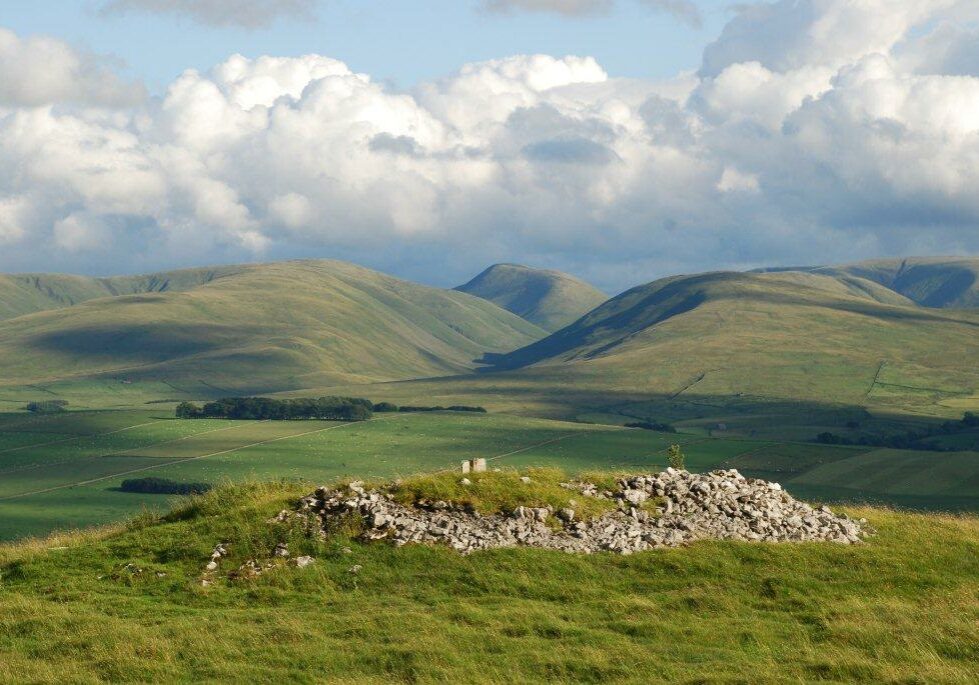The Commons Registration Act was poorly drafted, so it was not long before landowners learnt how to exploit its loopholes. For example, if no common rights remained over a piece of land—perhaps because the owner had bought them—it could be deregistered and used for private purposes.
The commons registers made legal rights visible. In 1989 the Countryside Commission (the National Parks Commission’s successor) produced a pamphlet showing that three-quarters of English commons had no more than one right and were at risk. The inclosure movement was reborn and there were cases in the courts.
The society continued to press ministers to enact the promised second-stage legislation (see above), but to no avail. In June 1983 it convened a conference to discuss the future of commons. The concluding speakers—Chris Hall (a committee member of the Open Spaces Society and of the Ramblers’ Association) and former Countryside Commission chairman John Cripps—called for a concordat on commons. The Countryside Commission took up the gauntlet and later that year formed the Common Land Forum, with ministers’ blessing. The aim was to sort out the muddle in the existing laws and, if possible, reach a consensus between all the interests. Ministers rashly promised to legislate should the forum reach agreement.

In 1981 the landowner sold the lordships of the manors of which this land was part and then claimed that the land was no longer 'waste of a manor'. The Law Lords ruled in 1990 that the land was still waste of a manor and therefore common land. This judgement saved many other commons from deregistration.

After two and a half years of tough negotiation, under the wise chairmanship of Maurice Mendoza (a former civil servant), the forum published detailed proposals for legislation. It was an unprecedented consensus of diverse bodies ranging from the society and the Ramblers’ Association to the Country Landowners’ Association and National Farmers’ Union.
So the forum had fulfilled its ambition, and now it was the government’s turn to act. However, the government procrastinated.
It consulted the public on the proposals, but the Country Landowners’ Association reneged on the forum’s agreement. Then the Moorland Association was born to represent wealthy grouse-moor owners, much of whose land was common. The Countryside Commission tried to broker an agreement between the moorland and access organisations without success.
Meanwhile, the government continued to talk of legislation without doing anything. Eventually it broke its promise when the environment minister, David Trippier, announced on the last day of the parliamentary session in July 1990 that commons issues should be resolved locally and there should be no general right to roam. Thus he smashed to pieces the forum’s hard-won consensus and gave in to the grouse-moor lobby.
It was to be another ten years before there was legislation for access, and another 16 before management was addressed.
The Common Land Forum recommended:
- an end to wrongful deregistration of commons;
- management schemes with a right of public access and promotion of good husbandry;
- management committees with a balance of interests;
- a duty on local authorities to deal with unlawful encroachments;
- commons with no known owner to be vested in local authorities;
- a right of recreation on village greens with local councils having powers to manage or acquire them where irreconcilable disputes arose.
